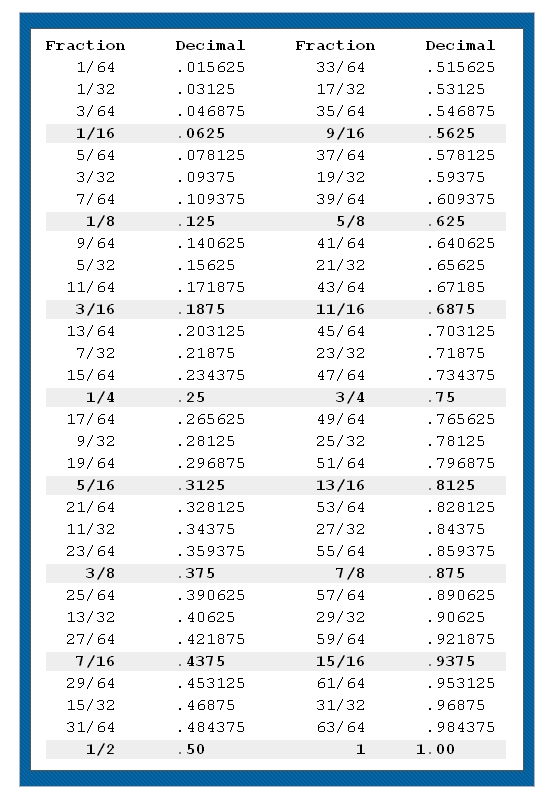

Solution - a homogenous mixture of at least two substances ( homogenous means you cannot distinguish the parts of the mixture).

Solvent - the greater part of the solution which dissolves the solute and.The mixture may contain several different solutes Solute - a minor part of the solution, dissolved in a solvent.In his own words, "Stoichiometry is the science of measuring the quantitative proportions or mass ratios in which chemical elements stand to one another." You can read more about this brainy dude here.Our tool can be used in two ways - it all depends on your initial data. 4 He thought that chemistry could be seen as just another version of applied math. Jeremias Benjamin Richter (1762-1807) (not to be confused with Andy Richter) was the first guy to lay down the principles of stoichiometry. We're officially masters of molecular masses. We need to arrange the conversion factor in whichever way will allow us to do that. Remember, if a unit appears above and below the fraction line they will cancel each other out. We just need to use the conversion factor that will give us the right units in the end. What gives? Why do we need two conversion factors? We don't. Note: we multiply by 4 because there are 4 hydrogen atoms in each CH 4. Molar mass of CH 4 = atomic mass carbon + 4(atomic mass of hydrogen) We need to collect the atomic masses of carbon and hydrogen from the periodic table and then calculate the molecular mass of CH 4 by simple addition. Once again, the periodic table is your BFF. This means we need a conversion factor between grams and moles. How many moles of CH 4 are present in 4.83 g of CH 4?įirst of all, we are given grams of CH 4 and asked to solve for moles of CH 4. One of the main components of natural gas is methane (CH 4). Who knew we were drinking so many molecules? Sample Problem Think about that next time you down a glass of water. That means every 1.2 tablespoons of water contains 6.023 x 10¬ 23H 2O molecules. Those 18.02 grams represent one mole of water. Roughly 1.2 tablespoons of water is equal to 18.02 grams. That means 1 mole of water is equal to 18.02 g. Lucky for us (thanks again to the chemistry gnomes), its molar mass is 18.02 g. We just calculated the molecular mass of water to be 18.02 amu. The molar mass of a compound (in grams) is numerically equal to its molecular mass (in amu). We don't even need a calculator to compute between molecular mass and molar mass…the values are numerically the same. Just as the name suggests the molar mass is the mass (in grams) of one mole of a compound. Molecular mass H 2O = 2(1.008 amu) + 16.00 amu = 18.02 amuįrom the molecular mass we can determine the molar mass of a molecule. We know, we heart the periodic table, too. Where do we find the atomic mass of H and O? Whip out your favorite periodic table. Molecular mass H 2O = 2(atomic mass of H) + atomic mass of O What's the molecular mass of water (H 2O)? To calculate the molecular mass we add together the atomic mass of two hydrogen atoms and one oxygen atom: The molecular mass (sometimes called the molecular weight) is just the sum of the atomic masses in a molecule. We don't want to offend all the atoms out there.) If we know the atomic masses of individual atoms, we can easily calculate the mass of a molecule. Now that we know all about atomic masses we can move on to bigger and better things…molecules.


 0 kommentar(er)
0 kommentar(er)
